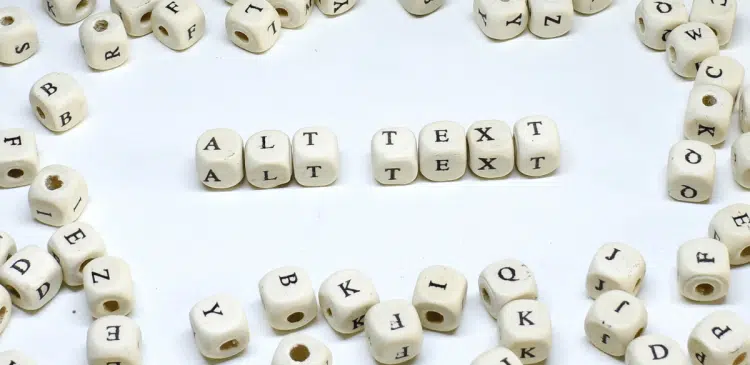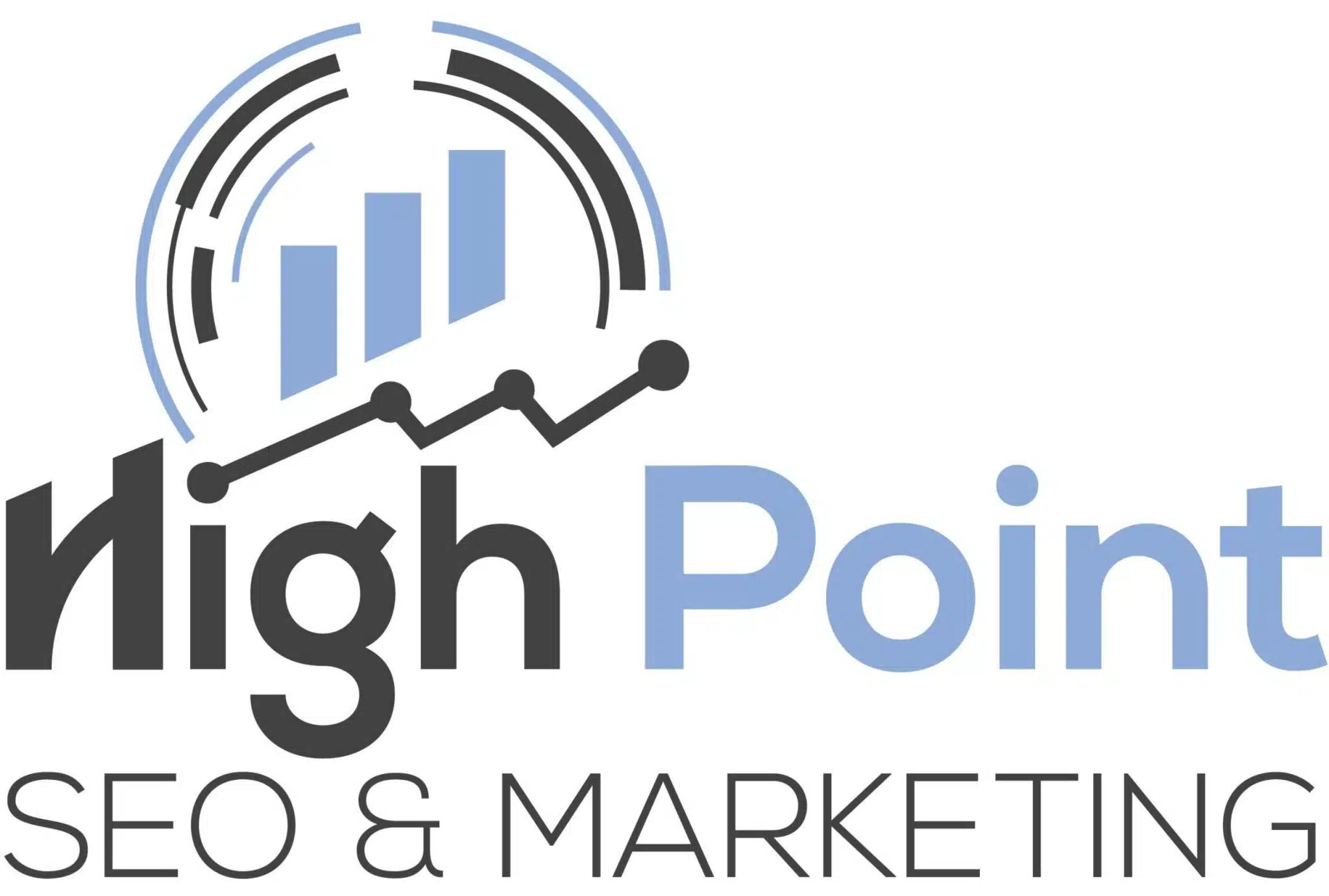Does Alt Text Help SEO?

When you ever uploaded pictures to your site, you have likely noticed the write-in to add an alt text. But have you ever questioned whether it is of actual importance to SEO or not? This paper will discuss what alt text is, why it is important and how it can make your web site rank higher in search engines.
What is Alt Text?
Short text or alt text is a textual description of a picture in a web page. It is embedded in the HTML code such that when browsers and search engines read it, they are able to know what the image is about.
Alt text is majorly applied in:
Accessibility: The alt text is read by the screen readers of the visually impaired users.
Image context: In the event that an image cannot load, the alt text will be displayed.
SEO: Alt text helps the search engines to comprehend the image content.
Essentially, alt text informs human beings as well as search engines about what the image is and it is therefore an important element of web content.
Why Alt Text Matters for SEO
Search engines such as Google cannot perceive images as human beings do. They depend on text to comprehend the visual text. That’s where alt text comes in.
The key ways alt text can influence SEO are:
Helps Search Engines Understand Images
Google and other search engines scan web pages in order to come up with their relevancy to search queries. Images cannot be understood by the search engine without the addition of alt text. The addition of descriptive alt text provides search engines with a clue about what you have to say. This will make your pictures more likely to be seen in Google Image Search and this will send more people to your site.
Improves Website Accessibility
Although accessibility does not appear to be a direct correlation with SEO, Google takes into account the experience of the user in its ranking algorithm. The easier the sites are to access, the better they do in the search results. With alt text, you are able to make your site accessible to individuals with visual impairments, and in the process, improve your SEO indirectly.
Increases Keyword Relevance
Alt text can be used to add some keywords. To illustrate, when you have an online bakery and you have a picture of chocolate cupcakes, the alt text may be: “Delicious chocolate cupcakes with frosting. This does not only describe the picture but also allows your page to rank on such keywords as chocolate cupcakes.
Enhances Page Load Experience
Properly formatted images that have an optimized alt text usually have the appropriate file name. This helps in improving the performance of the websites which also help Google in ranking. Quickly designed and properly organized pages enhance user experience and search optimization at the same time.
Best Practices for Using Alt Text
Now that we know alt text helps SEO, the next step is using it effectively.
Here’s how to do it right:
Be Descriptive but Concise
In a few words, the image should be described in your alt text. Do not use a description that is vague such as image1 or photo.
For example:
Bad: “image1”
Good: “Golden retriever puppy playing in the park”
It is aimed at being clear to human beings and search engines.
Include Keywords Naturally
Although it is good to use relevant keywords, do not stuff on key words. Engine search engines are intelligent enough to identify abnormal usage. Rather, concentrate on ensuring that you make your alt text sound natural.
For example:
Good: “Blueberry muffins that have just come out of the oven made at home.
Bad: “ blueberry muffins, baked goods
Avoid Redundancy
Do not use the same alt text in more than one image. The images should be accompanied by a description that best describes them. This enhances the search engine optimization and makes your site user friendly.
Keep It Short
Alt text is usually less than 125 characters. The longer descriptions are frequently truncated by the screen readers, and the short text can be more easily processed by the search engines.
Don’t Use Images for Text Alone
In case your image is strictly ornamental or you have some vital text, you would better write the text on the page rather than just using the image. In the case of decorative images, it is possible to leave an alt text as blank (alt=”) to denote that it has no information value.
Common Myths About Alt Text and SEO
Alt text has its misconceptions that can be confusing to the website owners.
Let’s clear them up:
Myth 1: Alt Text is All I Need to Increase Rankings
Alt text is beneficial to the SEO, but it is not a silver bullet. It is best used in conjunction with other on-page SEO elements such as quality content, quick loading speed and mobile layout.
Myth 2: You Must Stuff Keywords in Alternative Text
The stuffing of keywords is obsolete and may negatively affect SEO. Search engines give more preference to natural and descriptive text as compared to repetition of keywords.
Myth 3: Decorative Images Should Always Have Alt Text
When the picture is not valuable, it does not require alt text. The empty alt attributes (alt=) of the images that are solely ornamental can assist in the exclusion of unnecessary information by the screen readers.
How to Write SEO-Friendly Alt Text
Alt text that is written to assist in SEO need not be complex.
Here’s a simple formula:
Describe the Image: What is it in the picture?
Provide context when necessary: Why is the picture there?
Insert a key word: Of course, when it suits.
Be concise and to the point: Under 125 characters.
Example:
Description: A sports car of red colour on a city street.
Alt Text: Red sports car parked in downtown street at sunset.
This description is also clear, concise and of course contains some possible keywords such as red sports car and downtown street.
Benefits of Alt Text Beyond SEO
Alt text provides other advantages although SEO is important:
- Increased accessibility by visually impaired users.
- Better user experience in case of failure to load images.
- Increased involvement with image search traffic.
- Well described pictures your site would look professional.
Alt text is such a little thing and it can be a big difference both in the sense of SEO and to your visitors.

 Bill Yeager, Co-Owner of High Point SEO & Marketing in CT
Bill Yeager, Co-Owner of High Point SEO & Marketing in CT